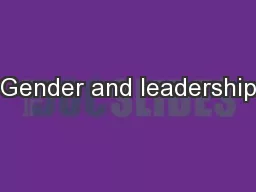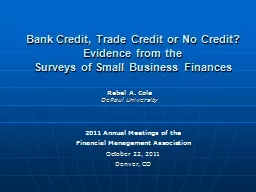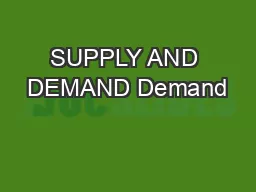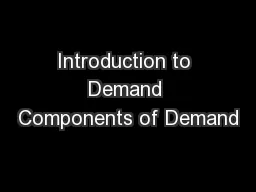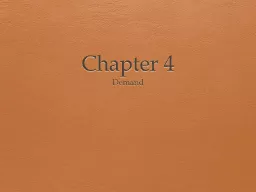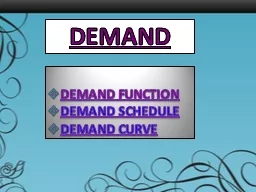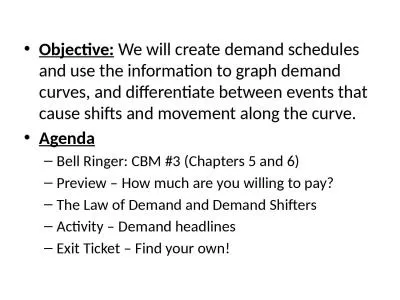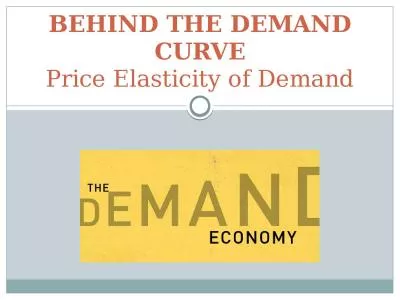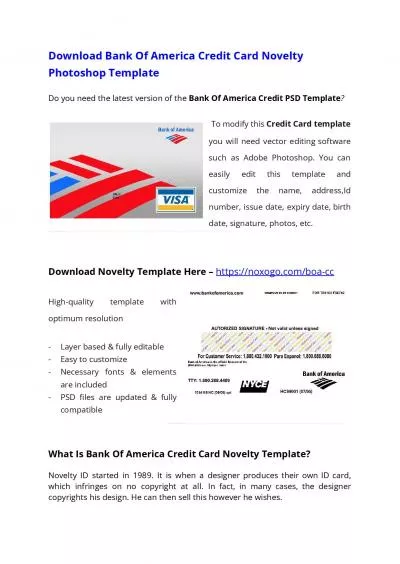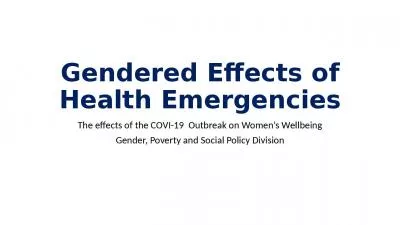PPT-A Gendered Approach to Credit Demand:
Author : bikershomemaker | Published Date : 2020-06-24
Evidence from Marsabit District Kenya Anne Gesare Megan Sheahan Andrew Mude Rupsha Banerjee ADRAS IBLI Academic Workshop ILRI Nairobi 11 th June 2015 Background
Presentation Embed Code
Download Presentation
Download Presentation The PPT/PDF document "A Gendered Approach to Credit Demand:" is the property of its rightful owner. Permission is granted to download and print the materials on this website for personal, non-commercial use only, and to display it on your personal computer provided you do not modify the materials and that you retain all copyright notices contained in the materials. By downloading content from our website, you accept the terms of this agreement.
A Gendered Approach to Credit Demand:: Transcript
Download Rules Of Document
"A Gendered Approach to Credit Demand:"The content belongs to its owner. You may download and print it for personal use, without modification, and keep all copyright notices. By downloading, you agree to these terms.
Related Documents


